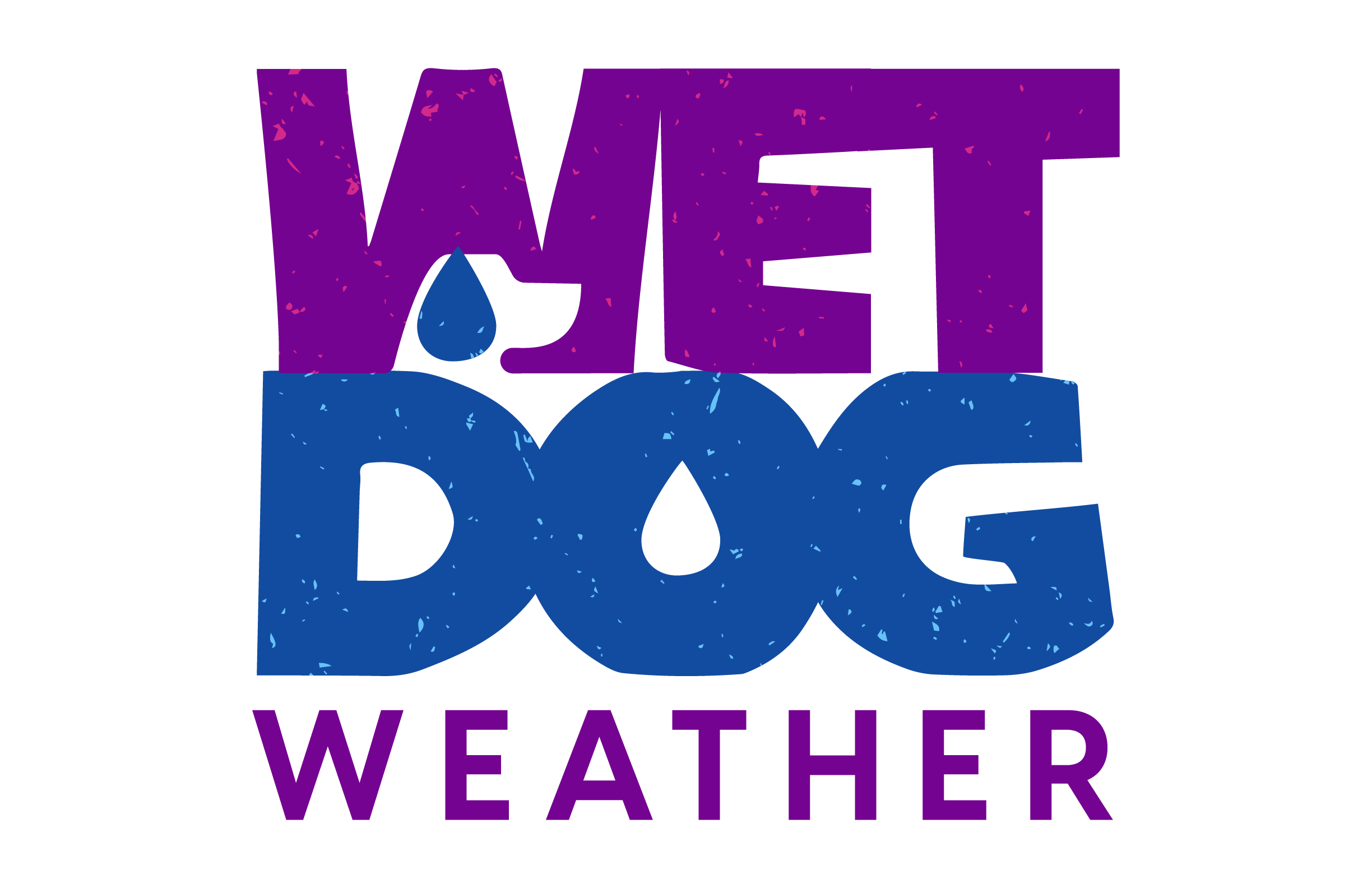The 2025 Atlantic hurricane season officially began on June 1, and meteorologists are already signaling what could be another exceptionally active year. For industries such as automotive, aviation, utilities, and consumer services, this six-month stretch isn’t just a weather concern; it’s a business-critical period. As the season unfolds, weather data for hurricanes is becoming a strategic asset, powering the apps, dashboards, and decision frameworks that help teams act well in advance of landfall.
2025 Forecast Raises the Stakes
NOAA’s Climate Prediction Center forecasts a 60% chance of an above-normal hurricane season, with 13 to 19 named storms expected. Of those, up to 10 may strengthen into hurricanes, and as many as five could become major hurricanes (Category 3 or higher).
That’s significantly above the 30-year average and continues a trend of heightened Atlantic activity. For companies managing physical assets, logistics networks, or real-time digital services, this means increased exposure and greater urgency. It’s not just about knowing when a storm is coming; it’s about embedding weather data for hurricanes into your daily risk models and planning cycles.
2024’s Lessons Still Apply
The 2024 season was historic, producing 18 named storms, 11 hurricanes, and five major hurricanes. Hurricane Beryl shattered records in June, becoming the earliest Category 5 hurricane ever recorded in the Atlantic. Hurricane Milton followed with rapid intensification in the Gulf, tying Hurricane Rita’s central pressure record and becoming one of the strongest storms in basin history.

Hurricane Milton- Carrot Weather
These storms didn’t just cause damage; they tested response systems. Three hurricanes were active at once in October, a first for post-September tracking. For many businesses, the takeaway was clear: static protocols aren’t enough. You need systems that evolve with the storm, fed by the right weather data for hurricanes in real time.
Climate Signals for 2025
Unlike previous seasons dominated by El Niño or La Niña, 2025 is expected to remain mostly neutral. That neutrality, paired with above-average Atlantic sea surface temperatures, creates a favorable environment for storm formation and intensification.
This combination raises risk but also presents an opportunity, especially for organizations that build their own weather intelligence pipelines. The sooner you can detect, interpret, and act on a threat, the better your outcomes. However, that requires more than just a forecast; it requires infrastructure designed to ingest, process, and display dynamic weather data for hurricanes on your terms.
Integrating Weather Data for Hurricanes Into Your Strategy
That’s where Wet Dog Weather’s tools come in. Businesses need more than weather alerts, they need control over how that data is transformed and delivered.
Boxer, our cloud-native data processing engine, handles the full range of meteorological inputs, from HRRR and GFS models to advanced ML outputs. You get your own private stack with flexible inputs and dedicated endpoints. When upgrades come, they’re on your timeline, not ours.
Terrier, our high-performance front-end system, brings that data to life. Whether you’re building a sleek public app or an internal dashboard, Terrier renders forecasts using GPU-accelerated shaders and supports standards like WMTS/WMS for traditional integration. If it’s visual, interactive, and fast, it’s probably running on Terrier.

Hurricane Beryl
Need to move even faster? Greyhound is our pre-configured solution for teams that want to skip setup and start visualizing right away. It combines the power of Boxer and the polish of Terrier, streamlined to work seamlessly with free data sources. Whether you’re launching a pilot project, standing up a seasonal dashboard, or need a reliable weather-ready front end, Greyhound delivers instant capability without compromise.
Together, Boxer, Terrier, and Greyhound give you flexible options for embedding weather data for hurricanes into your workflows, from early detection to final decisions.
Cross-Industry Applications
Our clients in automotive, aviation, consumer tech, and utilities use Wet Dog Weather tools to stay ahead of the storm. Here’s how:
- Automotive companies reroute deliveries, reposition fleet assets, and notify regional staff based on projected storm paths.
- Aviation operations adjust routes and ground support planning using integrated wind, pressure, and lightning data.
- Utilities pre-position crews, reinforce vulnerable infrastructure and prepare outage response before landfall.
- Consumer platforms integrate live hurricane tracking and alerts into user-facing apps, providing customers with timely and relevant updates.
In all these cases, weather data for hurricanes does more than inform; it empowers.
Stay Ahead With the Right Tools
Seasonal forecasts can give a sense of scale, but true preparedness depends on how quickly and confidently you can respond to changing conditions. That’s why Wet Dog Weather offers tools for every level of integration and urgency.
Whether you’re customizing Boxer and Terrier for complex, high-volume needs or choosing Greyhound for fast, ready-to-go deployment, our systems are built to support your response at any scale. You get precision, control, and speed, without sacrificing reliability.
As we head deeper into the 2025 season, the smartest organizations are acting now. Weather data for hurricanes is no longer just informative—it’s strategic. And with the right stack, it’s actionable from day one.

